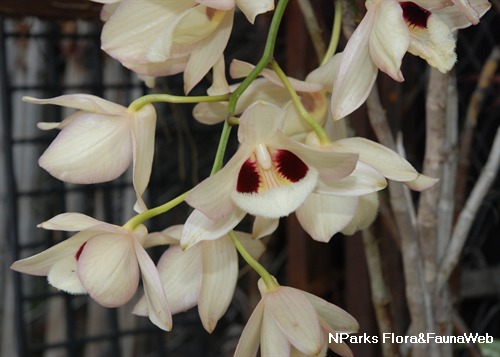
Back
Dendrobium pulchellum Roxb. ex Lindl.
| Family Name: | Orchidaceae |
| Synonyms: | Dendrobium brevifolium Lindl., Dendrobium daihousieanum Wall., Dendrobium moschatum Griff. |
Name
Classifications and Characteristics
| Plant Division | Angiosperms (Flowering Seed Plants) (Monocotyledon) |
|---|---|
| Plant Growth Form | Epiphyte |
| Mode of Nutrition | Autotrophic |
Biogeography
| Native Distribution | South-Central China, Assam (India), Bangladesh, East Himalaya, Nepal, Laos, Myanmar, Thailand, Vietnam and Malaya. |
|---|---|
| Native Habitat | Terrestrial |
| Preferred Climate Zone | Tropical |
| Local Conservation Status | Native to Singapore (Presumed Nationally Extinct (NEx)) |
Description and Ethnobotany
| Growth Form | A sympodial epiphyte, it has a clumping growth form. |
|---|---|
| Flowers | The flowers are borne on axillary inflorescences which originate from the old leafless stems. The flowers measure between 5 to 6 cm wide and consist of cream to pale-pink sepals and petals. The cream coloured flower lip is broad and spreading with two dark red spots on both sides of the inner portion of the lip. The front portion of the lip is covered with white hairs. |
Landscaping Features
| Desirable Plant Features | Ornamental Flowers |
|---|---|
| Landscape Uses | Parks & Gardens |
Plant Care and Propagation
| Light Preference | Semi-Shade |
|---|---|
| Water Preference | Moderate Water |
| Plant Growth Rate | Moderate |
| Propagation Method | Seed, Division |
Floral (Angiosperm)
| Flower & Plant Sexuality | Bisexual Flowers |
| Flower Colour(s) | Cream / Off-White, Pink, Red |
|---|---|
| Flower Grouping | Cluster / Inflorescence |
| Flower Location | Axillary |
| Flower Symmetry | Bilateral |
| Inflorescence Type | Raceme |
Image Repository
Others
| Master ID | 32157 |
|---|---|
| Species ID | 6563 |
| Flora Disclaimer | The information in this website has been compiled from reliable sources, such as reference works on medicinal plants. It is not a substitute for medical advice or treatment and NParks does not purport to provide any medical advice. Readers should always consult his/her physician before using or consuming a plant for medicinal purposes. |

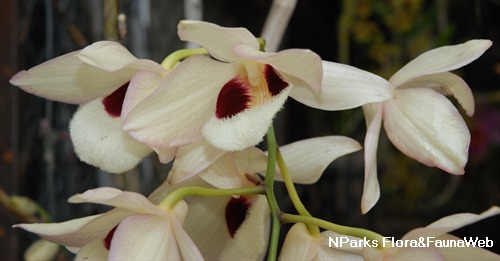
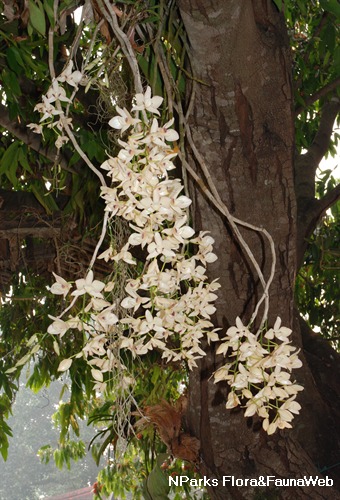
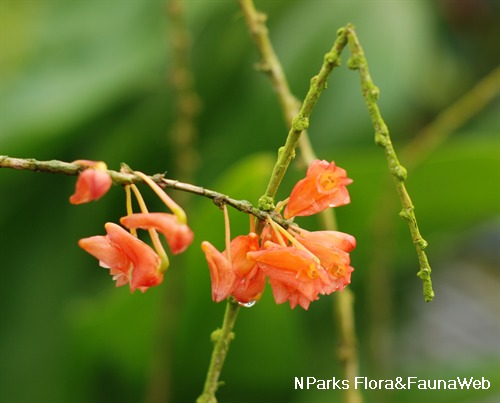
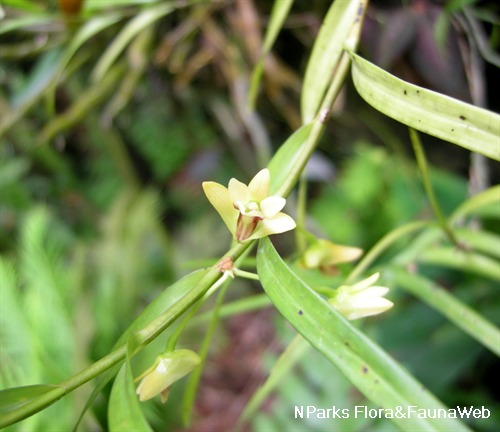
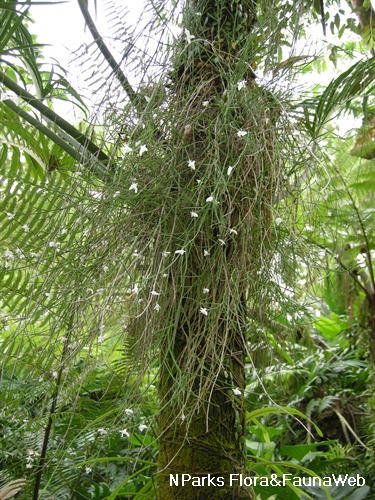
.jpg)